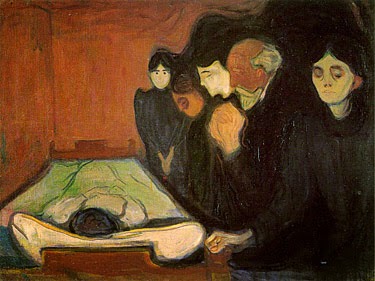Do you have any obligation to inform this family of the option to transfer?
1. This question is worth asking because such transfers are apparently actually possible (even if unlikely). Jahi McMath was transferred to a willing facility. Jesse Koochin was transferred. Theresa Hamilton was transferred. Other brain dead individuals were also transferred.
2. The duty of "reasonable accommodation" in California, Illinois, and New York might require offering the opportunity to find a transfer.
3. In other states, offering an opportunity to transfer is normally required in analogous treatment disputes (e.g. futility conflicts). Just because the current treating facility is unwilling to provide requested treatment does not mean that no other facility will do it. The transfer waiting period built into most state healthcare decisions statutes recognizes this variability.
4. But these transfer provisions do not directly apply to the brain death dispute, because the individual is no longer a patient. And the requested physiological intervention is not "life-sustaining treatment" or even "health care."
5. There is no duty to inform the family of the option to transfer under the doctrine of informed consent. That is a malpractice duty and it ends with the death of the patient.
6. So, outside CA, IL, and NY, what is the legal duty to inform and facilitate a transfer? It is unclear exactly where such a duty would be grounded other than in the torts NIED and IIED. If transfer is a reasonable choice, then clinicians might expect the family would be distressed to discover they were deprived of the option.
7. In short, while there may be a custom and practice to provide "some" accommodation (normally continued physiological support for around 24 hours) outside CA, IL, and NY, it is unclear whether there is a duty to provide any accommodation much less providing an opportunity to transfer.




























































